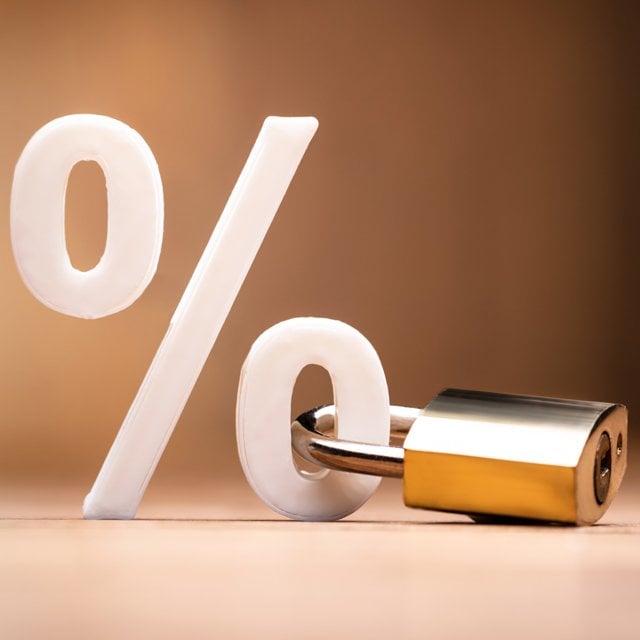Fed Holds Rates Steady Again, Pivots Toward Cuts in 2024

The Fed’s long-awaited pivot, following 5.25 percentage points of rate hikes, reflects a marked slowing of price pressures since mid-year and a cooling of the labor market. The challenge for Fed officials now is to decide when to start cutting rates, which if done too soon would endanger inflation’s return to the Fed’s 2% goal.
Officials have vowed to keep rates elevated long enough to ensure inflation returns to target. Market participants don’t anticipate that will take very long, encouraging bets of rate cuts as soon as March.
Comments from Governor Christopher Waller, one of the most vocal supporters of the central bank’s actions to tamp down inflation, helped fuel that speculation. He said in November the central bank would be willing to consider lowering the policy rate as inflation comes down, something he said could happen in three to five months.
Yield Pullback
The pullback in Treasury yields in recent weeks has erased much of the run-up seen through the summer and into October. At the time, policymakers suggested the significant tightening in financial conditions could help lessen the need for further interest rate hikes.
The stark reversal has already begun to ripple through the economy in the form of lower mortgage rates, sparking renewed demand in recent weeks to refinance and purchase homes. It’s also gotten cheaper for companies to borrow — something they’re already taking advantage of.
In comments earlier this month, Powell pushed back against market expectations for a rate cut in the first quarter of next year.
“It would be premature to conclude with confidence that we have achieved a sufficiently restrictive stance, or to speculate on when policy might ease,” Powell said Dec. 1, right before the Fed’s pre-meeting communication blackout period.
He and other policymakers have noted the path to 2% inflation will likely be “bumpy,” emphasizing the need for sufficient evidence price growth is firmly headed lower before easing policy.
The central bank has now gone 12 meetings without a dissenting vote — the longest stretch since a 17-meeting period from 2003 to 2005.
(Credit: Adobe Stock)




